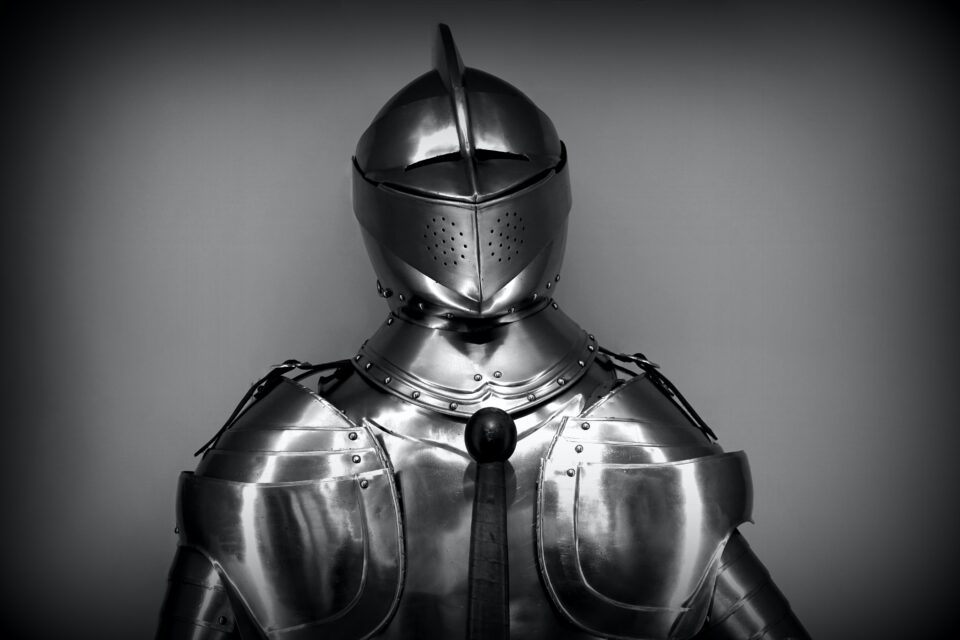One of my favourite uses of intertextuality is when a film uses music to overlap history with contemporary culture. There are certainly those who would disagree with this approach, mainly from the standpoint that it is inaccurate, and that only period appropriate music should appear in a historic film. While I appreciate this position, I disagree when it comes to this specific film, as there is no way to truly capture the past, and sometimes rejecting this purist position can create a more engaging conversation about what it means to be a part of history versus our modern perspective. By showing the similarities between past and present, film brings us closer to what once seemed distant and decrepit. I’ll admit, I do waver between these positions, because I also believe that film can show us what history looked like, in a way no other medium can. Attention to detail in historic dress and setting is exciting and important to see in film. But I digress here, as A Knight’s Tale clearly makes this a style decision.
I was obsessed with this film as a kid. I broke several plastic swords as a result of challenging people to duels. I listened to the soundtrack on repeat, and it introduced me to some of my favourite artists. There are two scenes which resonate with me: the jousting title sequence and the David Bowie dance scene. Both moments mesh history with modernity, and in doing so, suggest that these characters and events are not so different than our world. They sound familiar and therefore they must be familiar.
The joust scene is particularly effective because it introduces this overlap. It is the first scene in the film, and it effortlessly connects our world to the medieval through Queen’s “We Will Rock You”. By using this song, the film illustrates that this bygone era is not so different than our own. Jousting is just an early version of modern sports. The past and present mirror one another.
One of the interesting things about this scene is that although the characters stomp and cheer with the song, the music is only playing in the background. The characters are not singing along, they cannot hear what we do. This implies that our modern perspective adds something onto the past, something which even they are unaware of. In other words, this scene uses music to extend the past into a language which we are familiar with. We have heard Queen play during a sports game, we know what it feels like to interact with the song. This familiarity is what the scene is trying to evoke.
Another scene where this overlap occurs is when Heath Ledger’s character must make up a dance. The music starts as something classical, maybe even something we would associate with the era. But it’s still familiar, like we have heard it before. And then we hear Bowie’s distinct “Angel” line, and the entire scene changes. Its like our world has crashed the party. Bowie’s “Golden Years” song adds new meaning to the scene and illustrates that Leger’s character is doing something as revolutionary as Bowie.
Eventually the song drops its orchestral tone and transitions fully into Bowie’s music. This moment is fantastic because it slowly transforms, and thus symbolizes the realization that what seemed old and historic resembles something from recent memory. Bowie’s song might not have existed in the same era as the film, but its subject did. This is why the intertextuality in Knight’s Tale works so well. Its mesh of modern and historic implies that although we are often taught history from a linear perspective, always moving forward towards a better version of our culture, there are certain elements in our history which transcend linearity and are quintessentially human.
